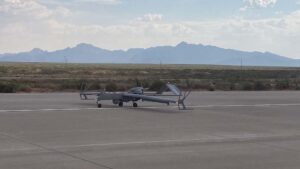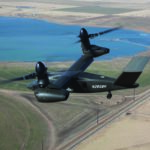
Textron [TXT] has completed follow-on operational test and evaluation (FOT&E) with the Army for the upgraded RQ-7B Shadow Block III drone as well as wrapping up a soldier evaluation of its offering for the Future Tactical Unmanned Aerial System (FTUAS) program. David Phillips, the company’s senior vice president for unmanned systems, told reporters recently the company received a new deal in September to deliver 36 Shadow v2 Block III tactical UAS to the Army, with the drone’s suite of improved…

 By
By 











